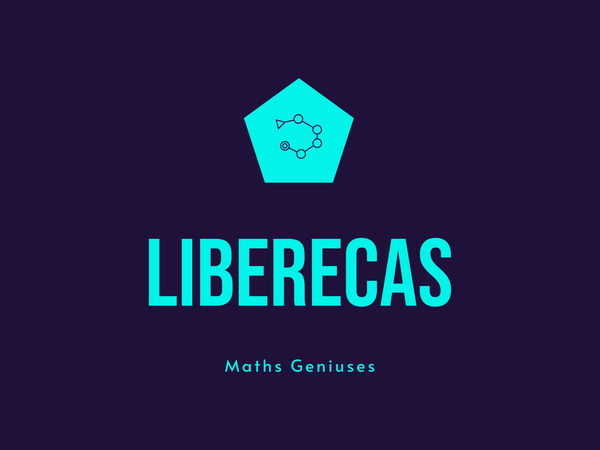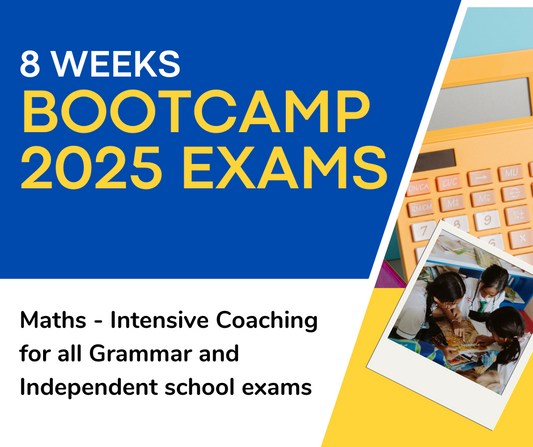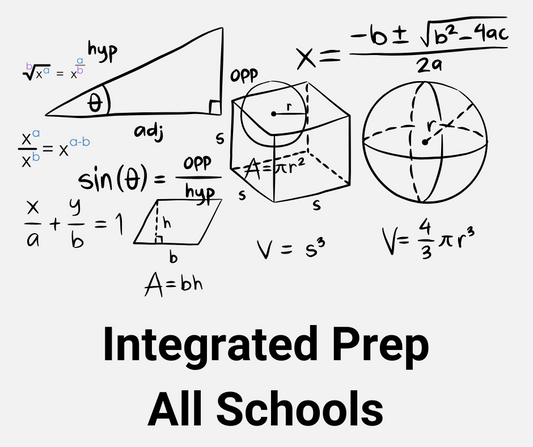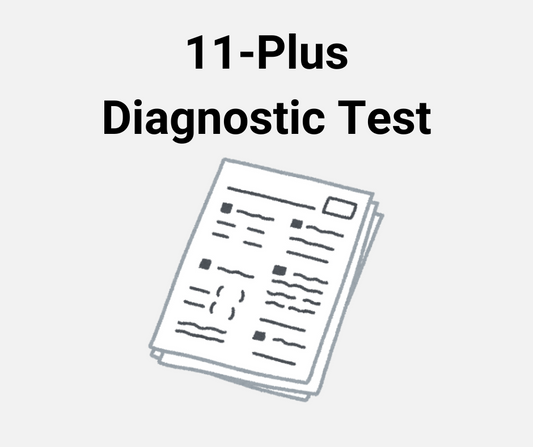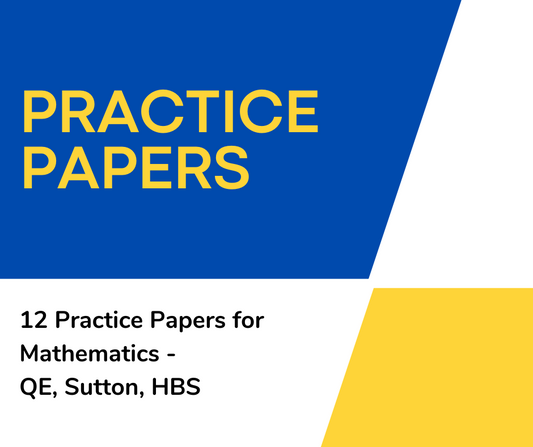Verbal Reasoning - 20 Question types for DAO or GL Assessment
Share
Here are examples of the different types of Verbal Reasoning questions that commonly appear in Dame Alice Owen’s 11+ exam (GL Assessment):
(Liberecas runs a VR crash course for DAO (which is also relevant for Latymer/ SW Herts, which helps children to "master" the following question formats and their variations)
1. Word Formation (Insert a Letter)
Example:
Find one letter that can be added to the end of the first word and the beginning of the second word to form two new words.
- PAN (?) AGE
Answer: S → (PANS and SAGE)
2. Letter Sequences
Example:
Find the next letter in the sequence.
- B, D, F, H, ?
Answer: J (The pattern follows: +2 in the alphabet)
3. Compound Words
Example:
Find a word that can be added to the end of the first word and the beginning of the second word to form two new words.
- BLACK (?) BOARD
Answer: MAIL (BLACKMAIL and MAILBOARD)
4. Word Analogies
Example:
Complete the analogy.
- Hand is to glove as foot is to (?)
Answer: Sock
5. Opposite Meanings (Antonyms)
Example:
Find the word that is opposite in meaning to the given word.
- Brave → (shy, courageous, cowardly, strong)
Answer: Cowardly
6. Similar Meanings (Synonyms)
Example:
Find the word that means the same as the given word.
- Quick → (slow, fast, steady, lazy)
Answer: Fast
7. Hidden Words
Example:
Find the four-letter word hidden inside the sentence.
- This sleeping cat was under the table.
Answer: hiss (This sleeping)
8. Letter Codes
Example:
If DOG is written as EPH, what is CAT written as?
Answer: DBU (Each letter is shifted +1 in the alphabet)
9. Number Codes
Example:
If A = 1, B = 2, C = 3, what is the code for CAB?
Answer: 312 (C = 3, A = 1, B = 2)
10. Odd One Out
Example:
Which word does not belong in the group?
(cat, dog, bird, chair)
Answer: Chair (It is not an animal)
11. Word Pair Completion
Example:
Find the missing word that connects both given words.
- School (?) Down
Answer: Run (School run, Run down)
12. Letter Connections
Example:
Find a letter that connects the two given words.
- BO_ K & KN _T
Answer: O (BOOK and KNOT)
13. Move a Letter
Example:
Move one letter from the first word to the second to form two new words.
- PLANE & AT
Answer: Move "P" → LANE & PAT
14. Anagrams
Example:
Rearrange the letters to form a new word.
- LEPPA → ? (Hint: It is a fruit)
Answer: APPLE
15. Logical Deduction
Example:
All dogs are mammals. Some mammals have fur. Do all dogs have fur?
Answer: No (Some dog breeds don’t have fur)
16. Word Completion
Example:
Find the missing letters.
- D_G (It is a pet)
Answer: O (DOG)
17. Letter Pairs
Example:
Find the two letters that complete both words.
- B_ _ T & H_ _ P
Answer: OO (BOOT and HOOP)
18. Sequencing
Example:
What comes next in the pattern?
- 2, 4, 6, 8, ?
Answer: 10 (Adding +2 each time)
19. Word Reordering
Example:
Rearrange the words to form a proper sentence.
- at / playing / John / is / park / the
Answer: John is playing at the park.
20. Mathematical Verbal Reasoning
Example:
If three pencils cost 90p, how much do five pencils cost?
Answer: £1.50 (Each pencil costs 30p, so 5 × 30p = 150p = £1.50)
These Verbal Reasoning question types appear in Dame Alice Owen's 11+ exam, which follows the GL Assessment format.
